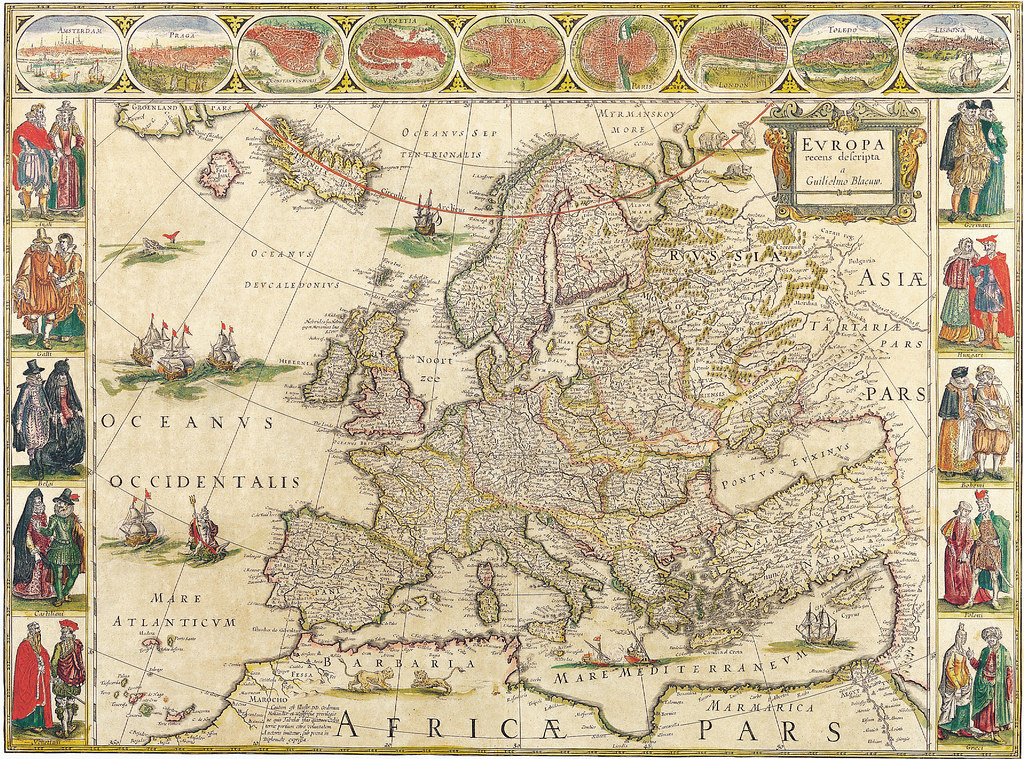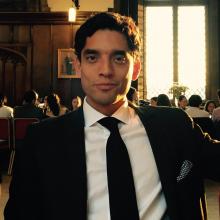Although not new, the creation of illicit economies by organised crime has swiftly become an ever-present phenomenon in the 21st century. Criminal groups have diversified economically into the lucrative business of, for instance, logging in various countries of Latin America, the exploitation and trade in wildlife in countries in Africa, charcoal trade in Somalia, oil theft in Nigeria and the extraction of minerals and precious metals such as amber in Ukraine, iron ore in Mexico, or gold in Colombia, Venezuela and South Africa.
This trend poses both a theoretical and practical conundrum for the international community as illicit economies have become one of the most portentous threats to democratic governance, environment sustainability and citizen security on a local scale. How can we analyse and anticipate criminal groups’ efforts to create and maintain illicit economies? More importantly, how can we better understand the changing character of organised crime in the 21st century and its role in contemporary conflict and armed violence?
One way to alter our perception and understanding of organised criminal groups – and other violent non-state actors (VNSA) – is to reframe them as geopolitical actors. These groups vie for intensely contested territories, transport routes, and access to national and international markets to secure strategic corridors of influence, power and often large-scale violence. As an example, ongoing research and analysis of Mexico’s criminal underworld and its main changes since 2006 shows that the environment has become more violent, economically diverse and increasingly fragmented, while simultaneously geographically dispersed and localised. In response to this shifting trend, I propose the micro-geopolitics of organised crime (MGPOC) as an analytical framework to understand and, ultimately, counter organised criminal groups’ incursion into diverse sectors of a country’s economy, especially those related to natural resources.
By and large, the framework focuses on the interconnection of six key components [1], namely:
- The existence of a profitable legal production process associated with specific natural resources (e.g. iron ore, charcoal, avocados, lemons, or gold). This implies that a production process (e.g. the extraction, processing, transportation, and export of iron ore) is bound to local geographies and shaped by the laws of global supply and demand.
- The infrastructure related to a particular production process can be infiltrated by criminal organisations either by the means of collusion, intimidation or the government’s inability to prevent criminal groups from using the infrastructure, premises, or facilities. This component also reflects the influence of geography on politics insofar as infrastructure projects are likely respond to geographic determinants in the first place (e.g. the convergence of ports, iron ore mines, and steel factories in a locality).
- The incorporation of a legal production process into the dynamics of the organised crime economy. The infiltration of legal businesses is the strategy through which criminal organisations not only launder illicit revenues but also manage to collect legitimate profits. In Mexico, for instance, iron ore mining became the primary source of revenue for the Knights Templar cartel through the period 2011-2013.
- The appropriation of those production processes through coercive means, albeit not exclusively since it is common to find cases where VNSA have a robust popular support. Predominantly, the infiltration of legal production processes by criminal groups implicitly calls for the use of violence, thus adding and perpetuating armed violence at a local level (e.g. the rise of vigilante groups across the state of Michoacán, Southwest Mexico, in 2013). On the other hand, large-scale violence on a local level shapes the security environment at a national and regional scale.
- The revenues from a production process contribute to the criminal groups’ ‘war effort’. This income can be used to neutralize law enforcement activities as well as accumulate manpower and resources (e.g. firearms), which can be used for confronting competing criminal organisations.
- The prevalence of institutional failure, including government corruption. In this regard, due to the partial, belated, or at times non-existent presence of the state authority in a particular geographical space, criminal groups increasingly become politically influential, enabling the creation of complex social orders characterized by a symbiosis between legal and illegal actors.
Although empirical testing across countries is needed to refine this model, the MGPOC framework provides five working insights:
Firstly, the absence or weakness of the State’s authority will cause different actors, legal and illegal, to adapt to an environment according to their particular needs, interests and objectives. The State’s absence, for instance, opens up opportunities for corporate misconduct from companies (e.g. in the mining or oil sectors), especially if criminal groups can sell the product in question at a price significantly lower than of the legitimate market.
Secondly, the infiltration of a production process by a criminal group has an inherent international dimension. Although the micro-geopolitics of organised crime stresses the relevance of the local level, it is indeed mindful of the importance of national and international levels of analysis, insofar as apparently small, isolated spaces are potentially ‘global spaces’, where local political and economic processes are shaped by global forces, dynamics and actors.
Thirdly, it is worth asking if the conduct and, in some cases, wrongdoing of private companies is entirely detached from the geopolitical interests of their home country. It is not uncommon for multinational companies to receive support from their national governments in spite of accusations around their behaviour and integrity tainting their corporate reputation.
Fourth, the criminal infiltration of legal production processes associated with natural resources ends up generating alternative cycles of violence and counter-violence in a community, beyond drug-related violence or violence related to other illegal activities. Moreover, different actors – e.g. multinational companies, rival criminal groups, government authorities, vigilante groups – contribute to the escalation of large-scale violence, political instability and social fragmentation locally.
Fifth, the MGPOC framework could also be used as a tool for strategic intelligence as it aims to anticipate organised criminal groups’ economic diversification, and thereby mitigate their nefarious social, environmental, and political consequences. In this sense, lithium in Mexico, for instance, is a potential business in which criminal groups might be interested in infiltrating, especially as it becomes increasingly relevant in the energy sector worldwide.
To conclude, the MGPOC framework is an attempt to understand the changing character of organised crime and conflict, birthing an environment in which a multiplicity of non-state armed groups interact locally. This is even more salient since the ‘Weberian nation-state’ – traditionally referred to as government, population and territory – is currently going through a major reconfiguration as alternative sources of credibility, legitimacy, and authority are now more visible at a subnational level.
Fausto Carbajal Glass is a researcher and consultant on political risk and security. He holds a Master degree in War Studies from King´s College London, where he focused on strategic theory, counterinsurgency and strategic communications. His professional career has been mainly in the Mexican government, particularly at the Ministries of the Interior and Foreign Affairs. He is member of the World Future Studies Federation (WFSF), the Mexican Council on Foreign Relations (COMEXI), the Mexico Research Centre for Peace (CIPMEX), and a non-resident fellow of the Mexican Navy Institute for Strategic Research (ININVESTAM).
[1] The aspects of this present article are explained more in-depth in: Carbajal Glass, F. (2020). “Where the Metal Meets the Flesh: Organized Crime, Violence, and the Illicit Iron Ore Economy in Mexico´s Michoacán”. In Illegal Mining: Organized Crime, Corruption, and Ecocide in a Resource-Scarce World, Zabyelina, Y. & van Uhm, D. (Eds.). London: Palgrave-Macmillan. In this article, it is analysed how and why the Knights Templar tapped into the iron ore industry in Michoacán state, Mexico, through 2011-2013.



